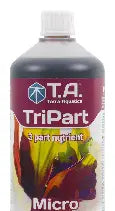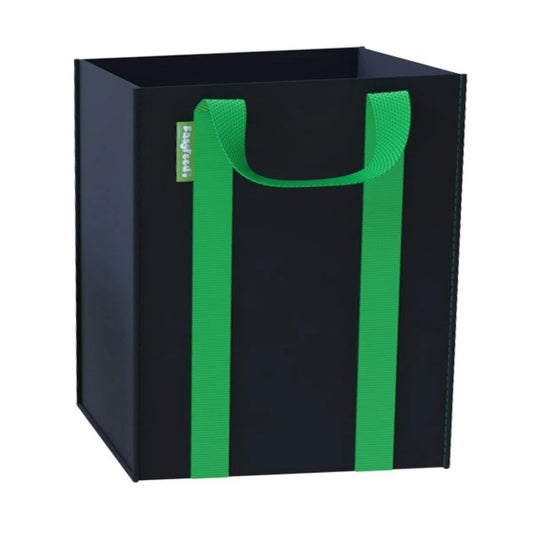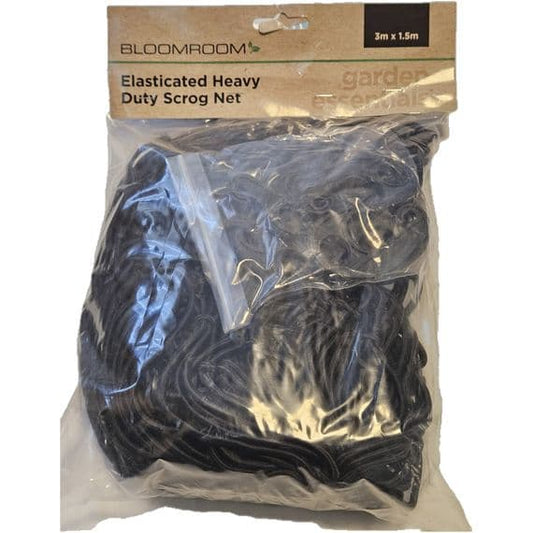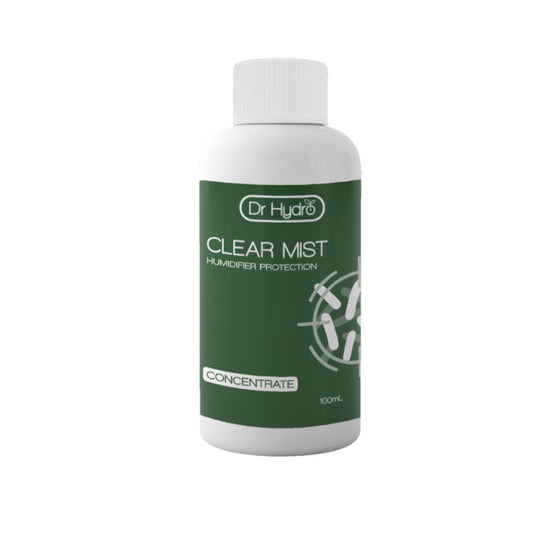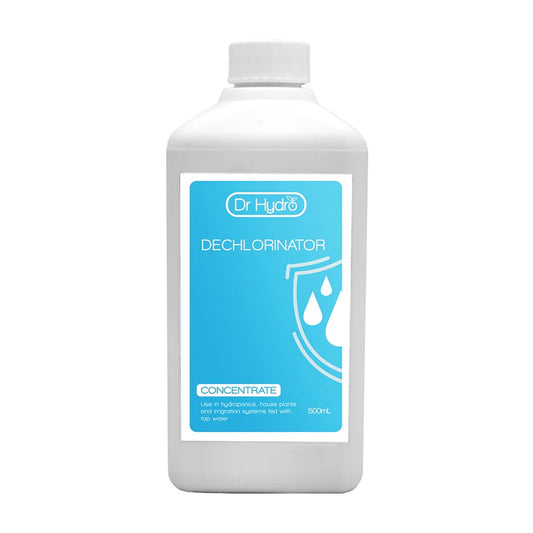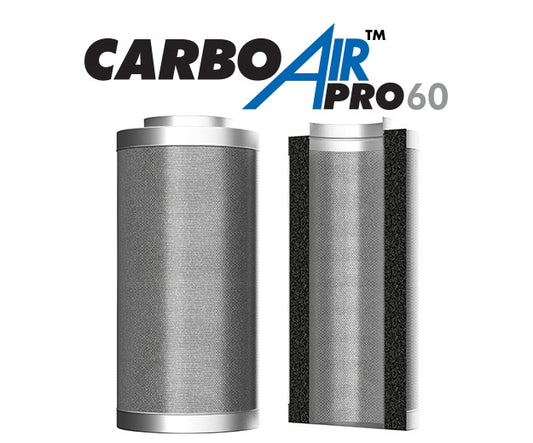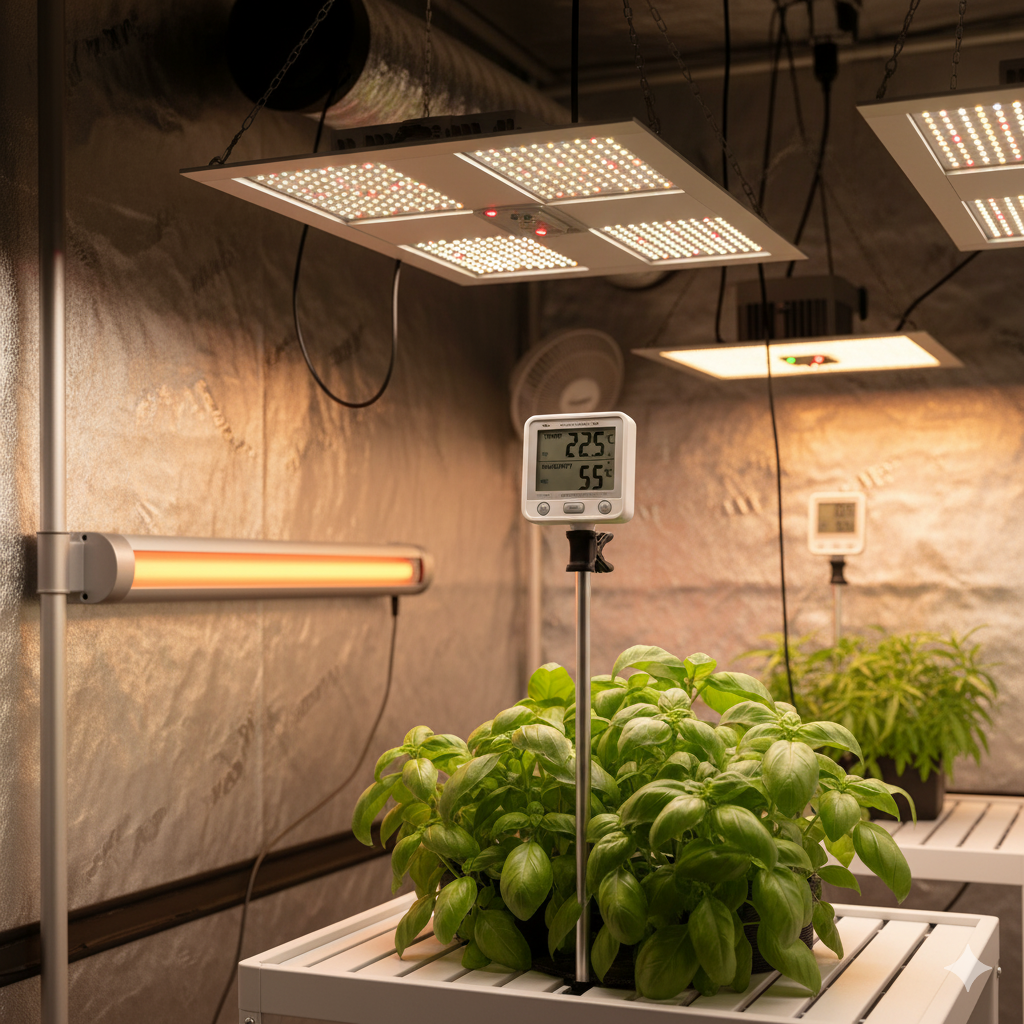Warming Up Your Grow: The Best Ways to Heat Your Indoor Grow Room
You've mastered light intensity, perfected your watering, and even dialled in your humidity. But as the seasons change or if you live in a cooler climate, you might notice your plants looking a bit sluggish. The culprit? Often, it's a grow room that's simply too cold. Just like humans, plants thrive within a comfortable temperature range, and deviation from that can significantly impact their health and yield.
At The Green Corner, we understand the challenges of maintaining optimal conditions year-round. This guide will help you understand the problems cold grow rooms pose and equip you with the best strategies and tools to keep your plants perfectly warm.
The Chilling Truth: Problems with a Cold Grow Room
A grow room that's too cold can silently undermine all your hard work. Here’s what happens when temperatures drop below the ideal range (typically below 18°C / 65°F):
Slowed Metabolism: Plant metabolic processes, including photosynthesis and respiration, slow down drastically in cold conditions. This directly translates to stunted growth, slower development, and significantly reduced yields.
Nutrient Lockout: Cold root zones make it difficult for plants to absorb essential nutrients, even if those nutrients are abundant in the medium. This can lead to various nutrient deficiencies, making your plants weak and vulnerable.
Increased Disease Susceptibility: Cold, damp conditions are a breeding ground for various fungal diseases, including powdery mildew and botrytis (bud rot), especially if combined with high humidity.
Reduced Essential Oil/Terpene Production: For plants grown for their aromatic compounds, cold stress can negatively impact the production of these valuable secondary metabolites, leading to a less potent or less fragrant final product.
Stress and Weakness: Overall, cold temperatures stress plants, making them weaker and more susceptible to pests and other environmental issues.
The Best Ways to Heat Your Grow Room
So, how do you keep your grow room comfortably warm without breaking the bank or creating new problems?
Optimise Your Existing Setup:
Insulation: Ensure your grow tent is properly sealed and located in a warmer part of your home if possible. Insulating the room around your tent can also help.
Minimise Cold Air Intrusion: Check for drafts around intake vents or gaps in your tent.
Strategic Use of Lighting:
This is where your lighting choices can play a dual role.
Leverage HPS Heat: If you're currently using LED grow lights and finding your grow room too cold, consider switching to or supplementing with High-Pressure Sodium (HPS) lights for part of your cycle (especially during flowering). HPS lights naturally produce a significant amount of heat as a byproduct of their operation, which can be a huge benefit in a cold environment, helping to bring temperatures up to optimal levels. This can reduce or eliminate the need for supplemental heating during lights-on periods.
Timing Your Lights: If your area experiences very cold nights, schedule your lights-on period to coincide with these coldest hours. This ensures your plants get the warmest temperatures when it's most needed.
Dedicated Grow Room Heaters:
When lights alone aren't enough, especially during lights-off periods, a dedicated heater is essential.
Thermostat-Controlled Tube Heaters: These are often the most popular choice for grow rooms. They are energy-efficient, silent, and, most importantly, come with a thermostat, allowing you to set and maintain a precise minimum temperature. They prevent drastic temperature drops during lights-off cycles without overheating your plants.
Small Fan Heaters (with Caution): Small ceramic or fan heaters can provide quick bursts of heat. However, they can dry out the air quickly (impacting humidity) and can create hot spots if not properly positioned and monitored with a thermostat. Use these with extreme caution and good air circulation.
Monitoring is Key
Just like with temperature and humidity, you need to constantly monitor your grow room's temperature to know if your heating strategy is working. A reliable digital thermometer/hygrometer placed at canopy height will give you accurate readings and allow you to make necessary adjustments.
A consistently warm and stable environment is crucial for vigorous growth, healthy plants, and ultimately, a successful and abundant harvest. Don't let the cold silently sabotage your efforts – take control of your grow room's temperature today!
Happy Growing!
